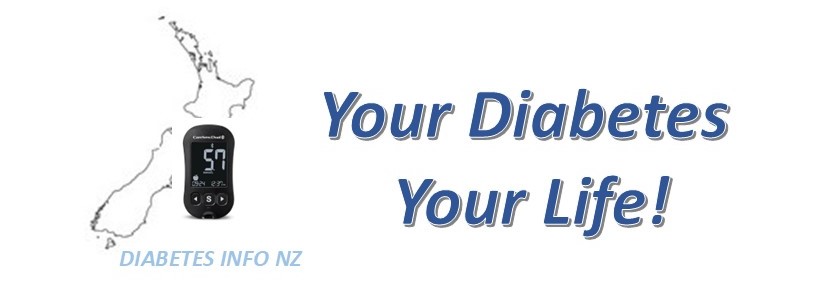Prediabetes
‘Prediabetes’ reflects the condition when blood glucose levels are a bit higher than they should be, but not high enough for diabetes to be diagnosed. At least 20% of adults in Aotearoa New Zealand are thought to have prediabetes, but may don’t know about it.
Prediabetes is a sign that your body is starting to struggle to keep blood glucose levels in the healthy range. Your risk of cardiovascular disease (damage to the heart and blood vessels) is significantly increased, and it is likely that the condition will progress to type 2 diabetes if any contributing lifestyle factors are not addressed.
Diagnosing Prediabetes
An HbA1c test result of between 40 and 50 mmol/mol indicates prediabetes*
Other ways of diagnosing prediabetes are with a fasting blood glucose test, or oral glucose tolerance test:
- Fasting glucose 6.1 – 6.9 mmol/L (this diagnoses ‘impaired fasting glucose’)
- 2 hour glucose on 75 g glucose tolerance test 7.8 – 11 mmol/L (this diagnoses ‘impaired glucose tolerance’)
* This upper figure of 50 is currently the threshold for the diagnosis of diabetes in Aotearoa New Zealand. It is likely that this will be formally changed to 48 mmol/mol in the coming months, which will be in alignment with other international diagnostic benchmarks.
Treatment approach for Prediabetes
To prevent or delay the progression of prediabetes to type 2 diabetes it will be necessary for you to be proactive and look at making a few changes. You’re in the right place here!
Ideally your health care provider will discuss your options including lifestyle changes and possibly medication.
Medication for Prediabetes
Depending on your age and any other health conditions you have, you may be offered medication to help with
- insulin resistance
- high blood pressure
- unhealthy range of bloods (your blood ‘lipid profile’)
- weight loss
More on Medication for Type 2’s
